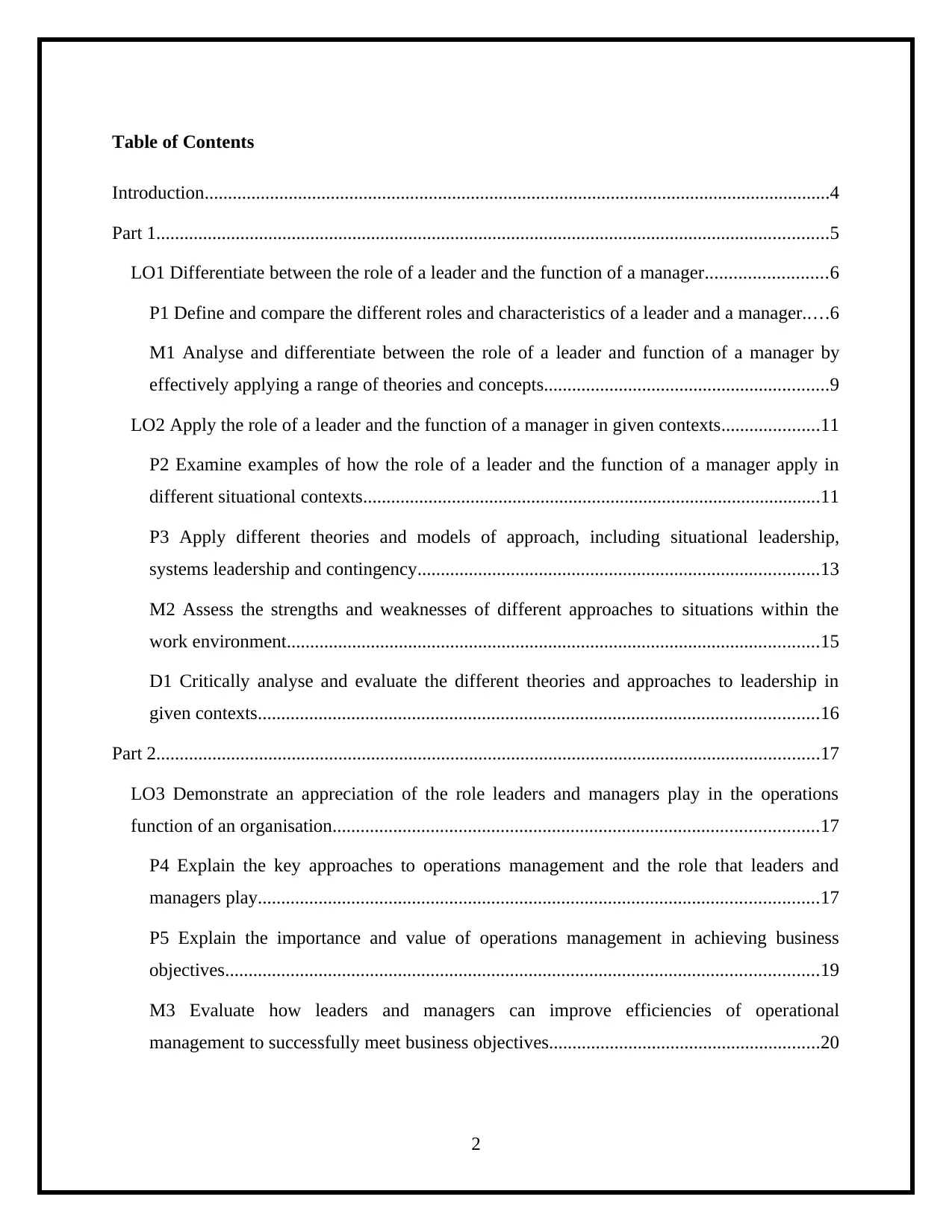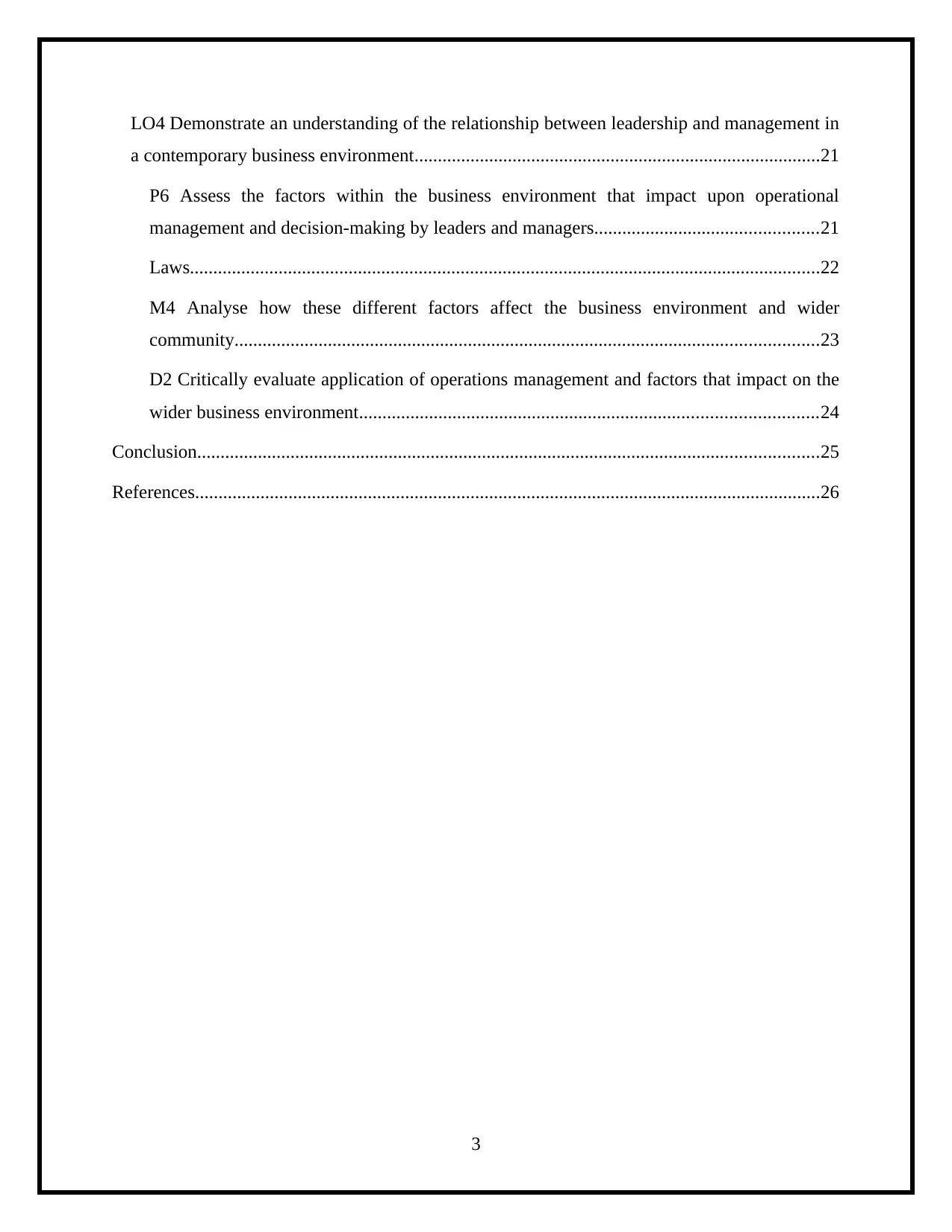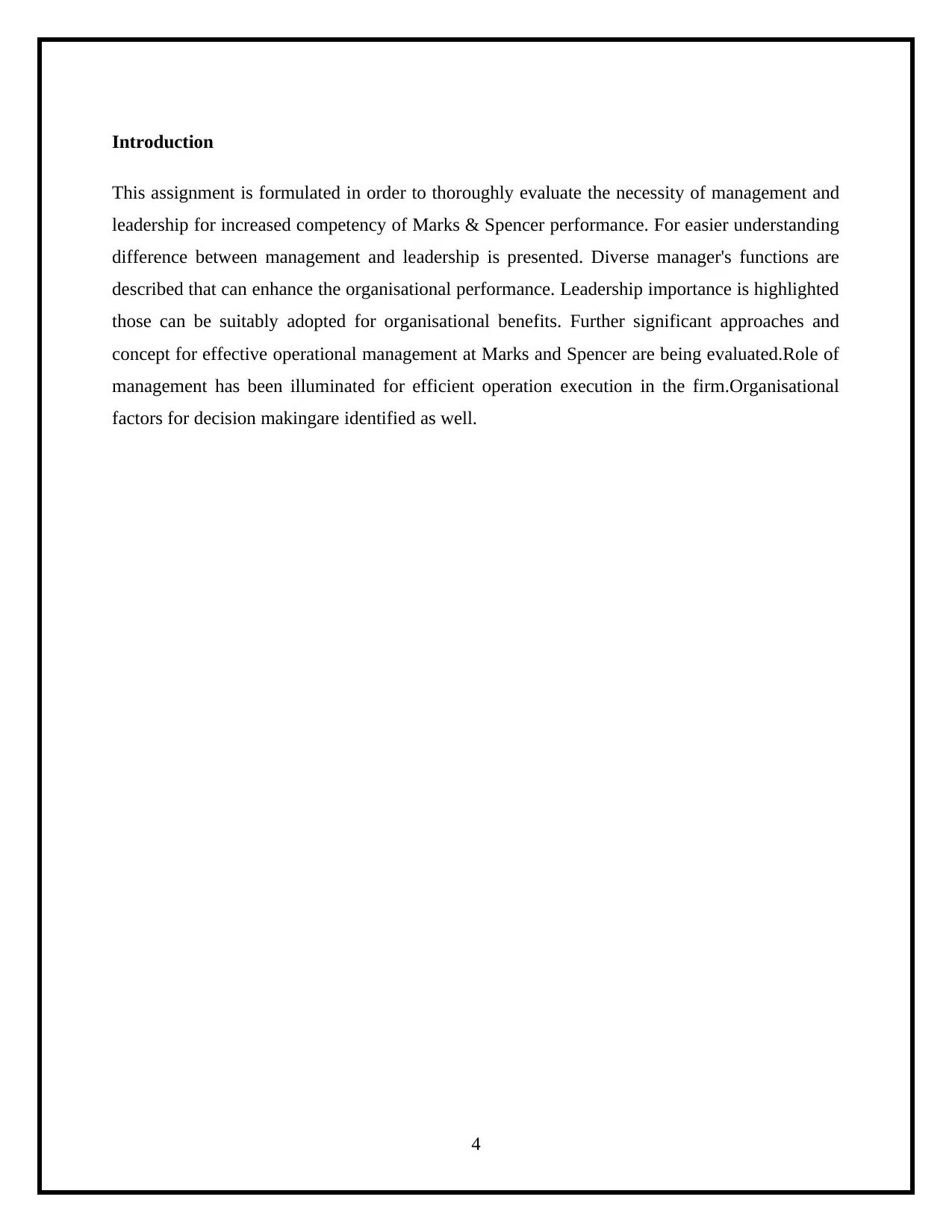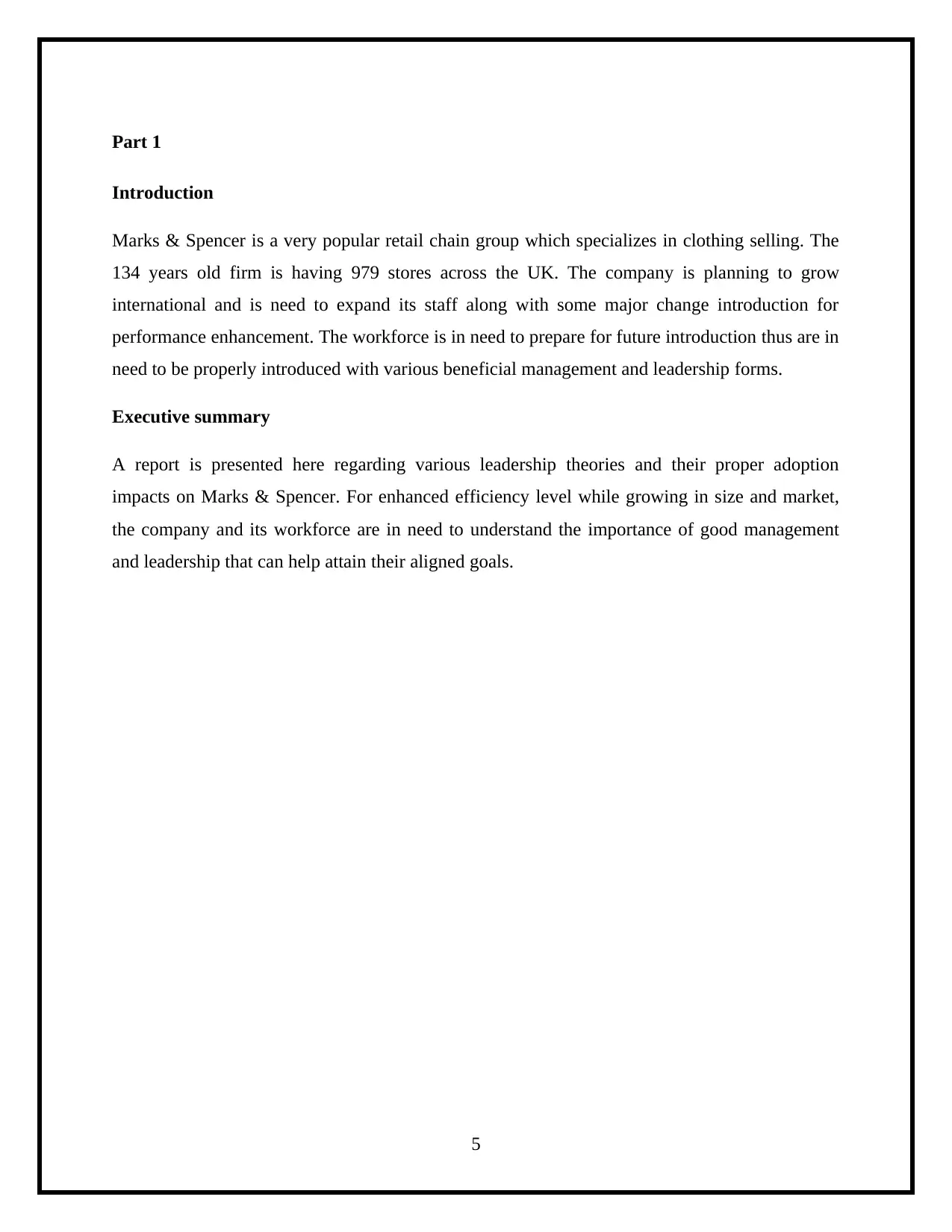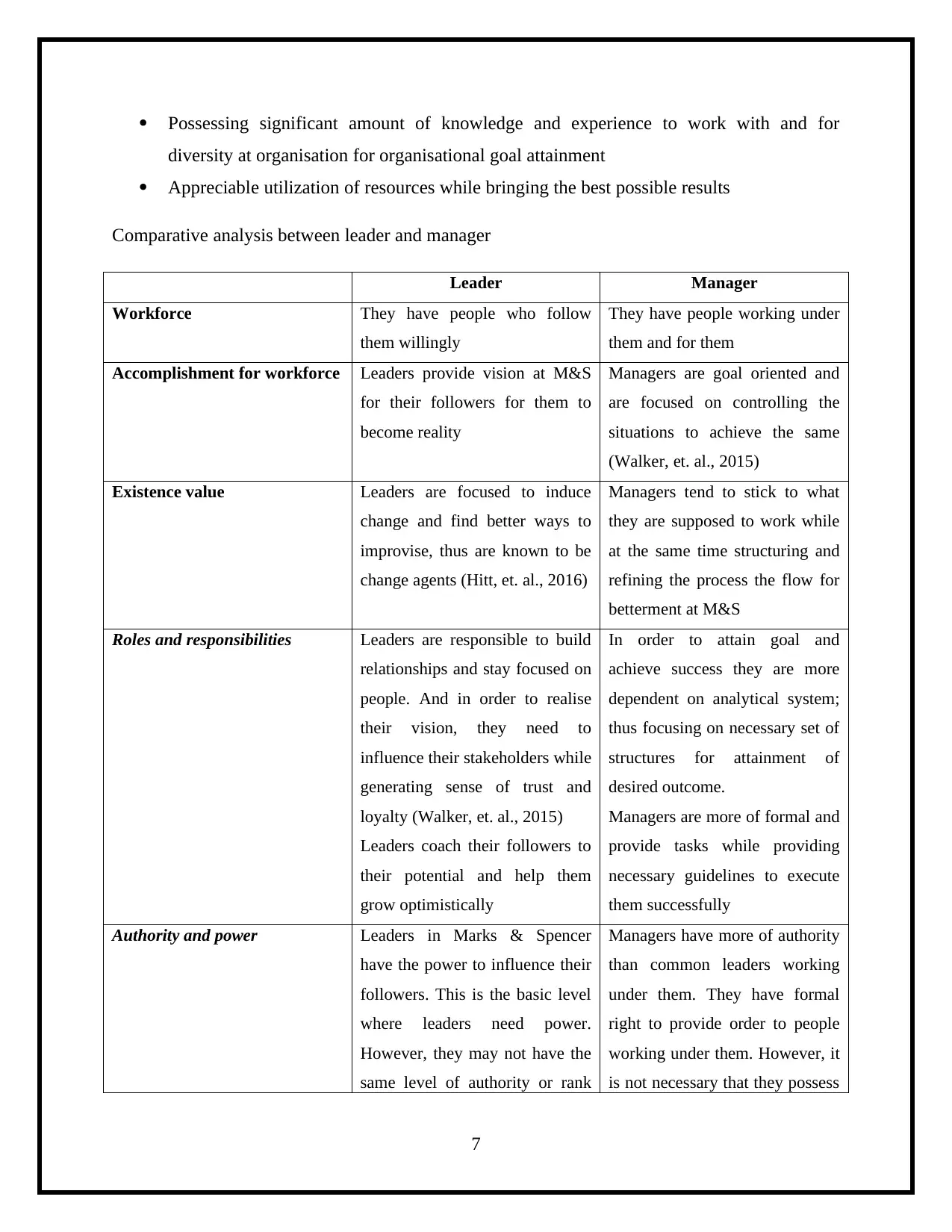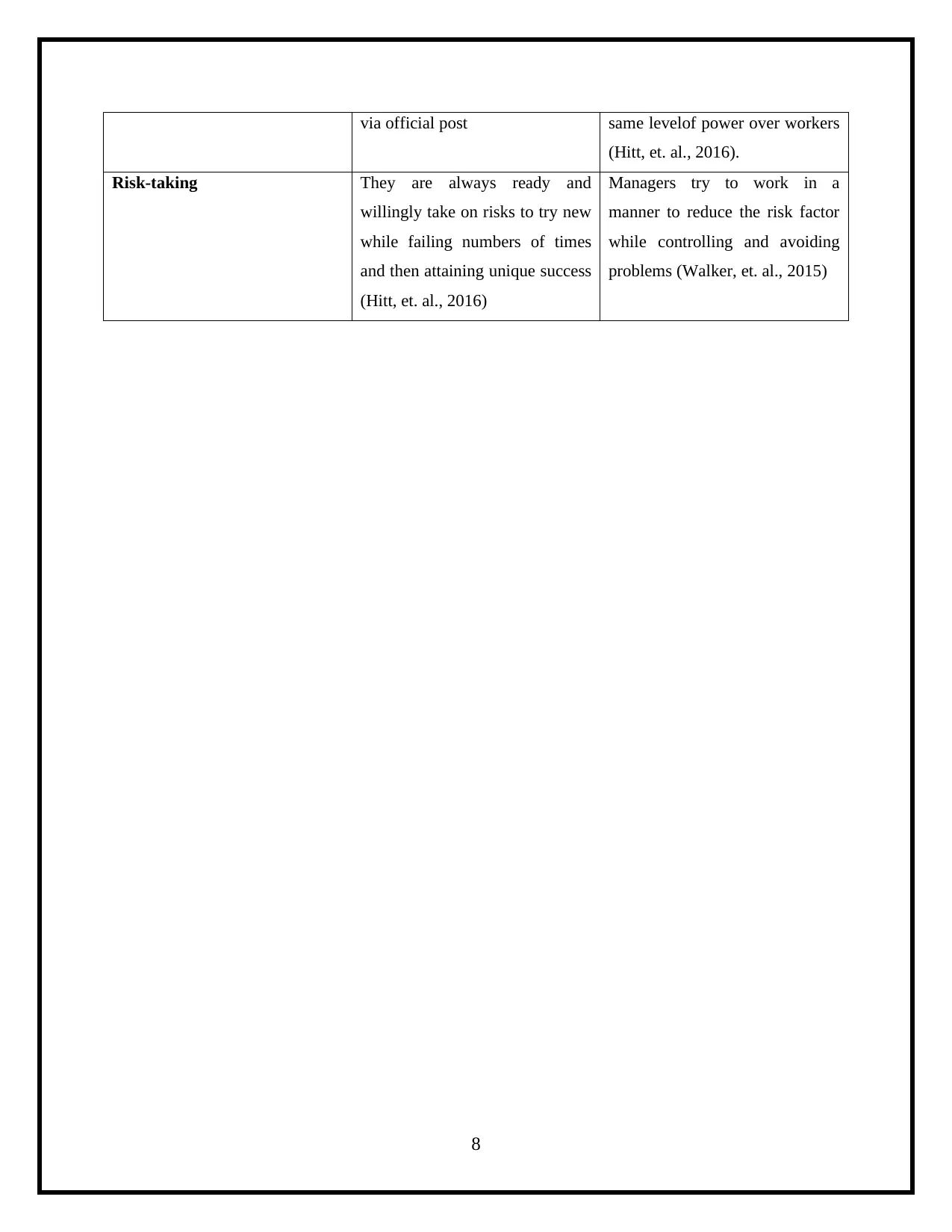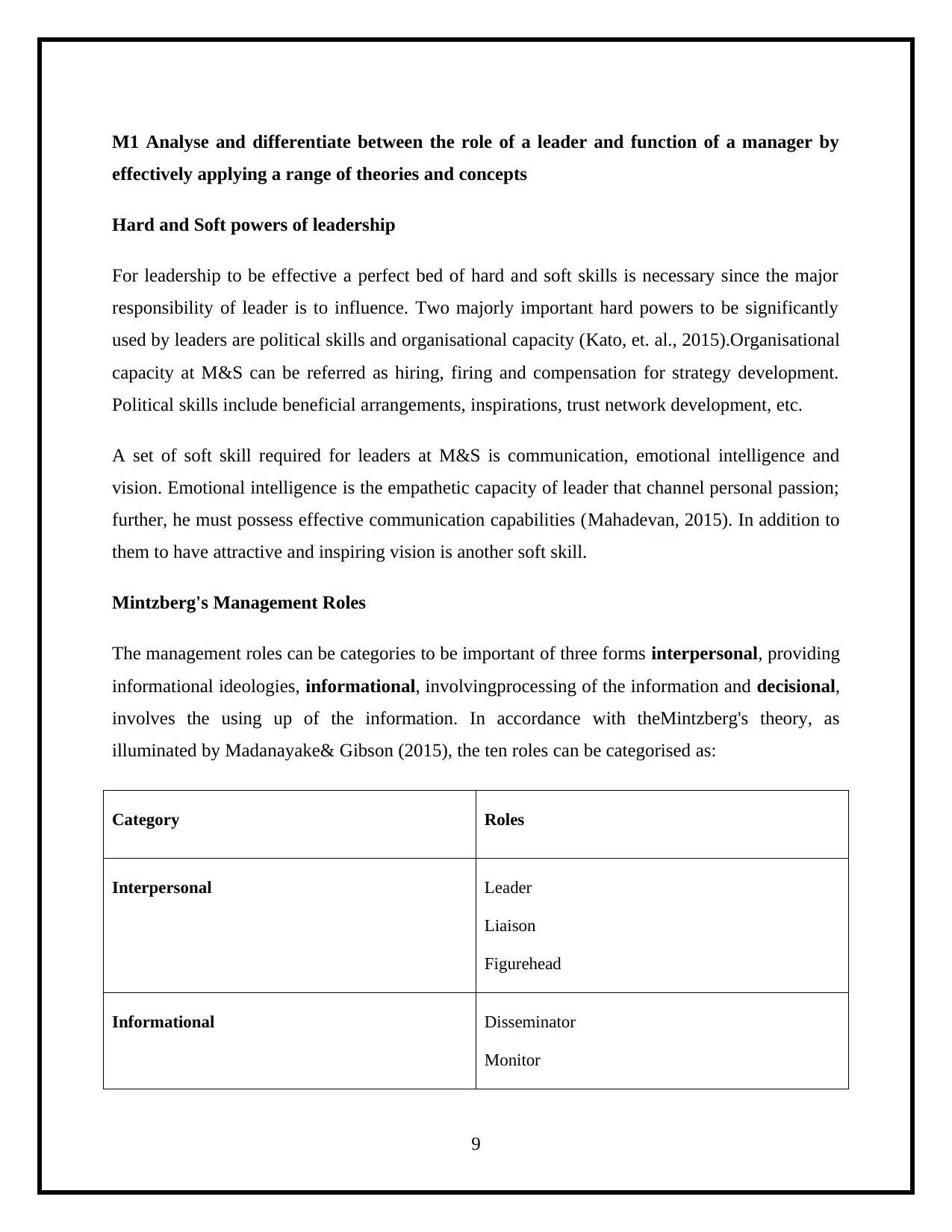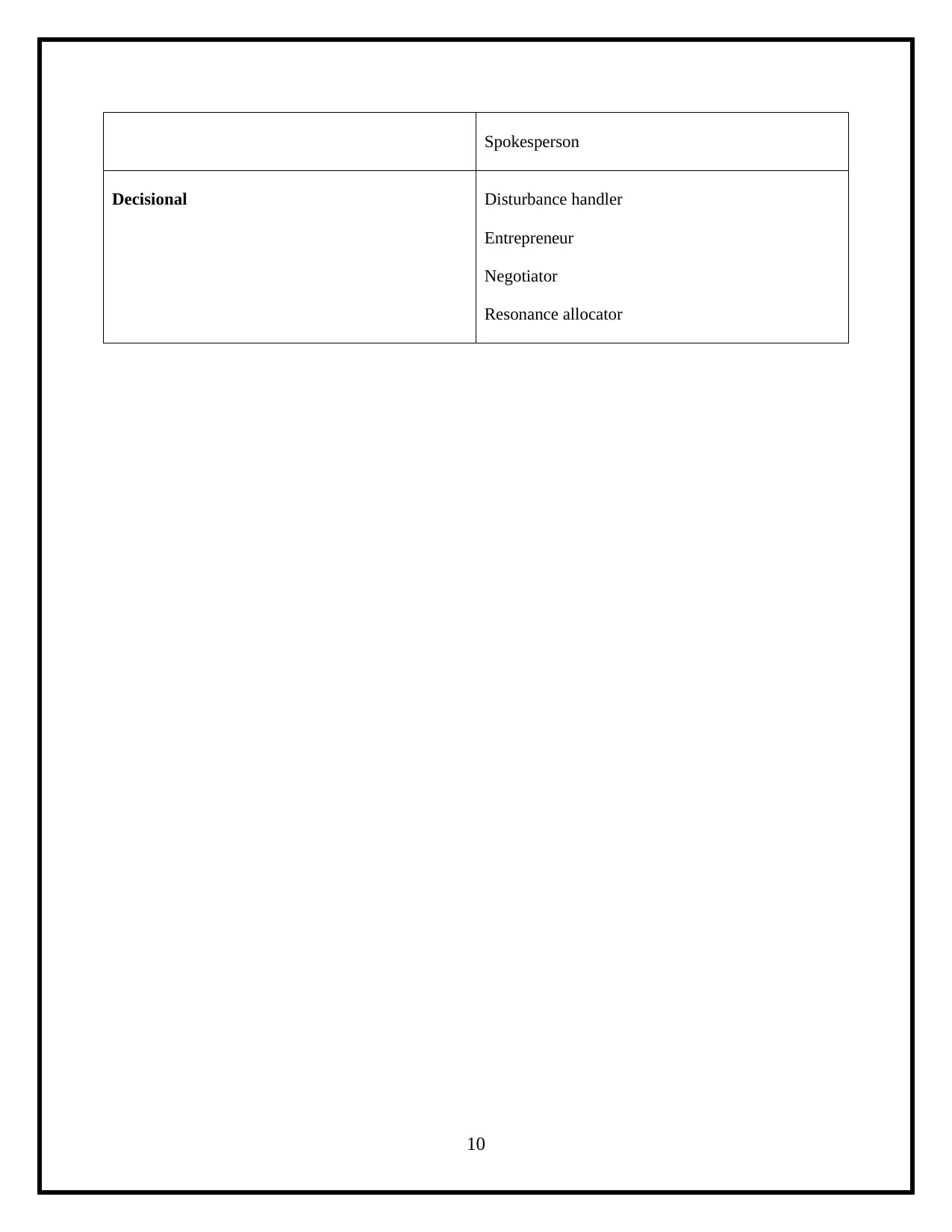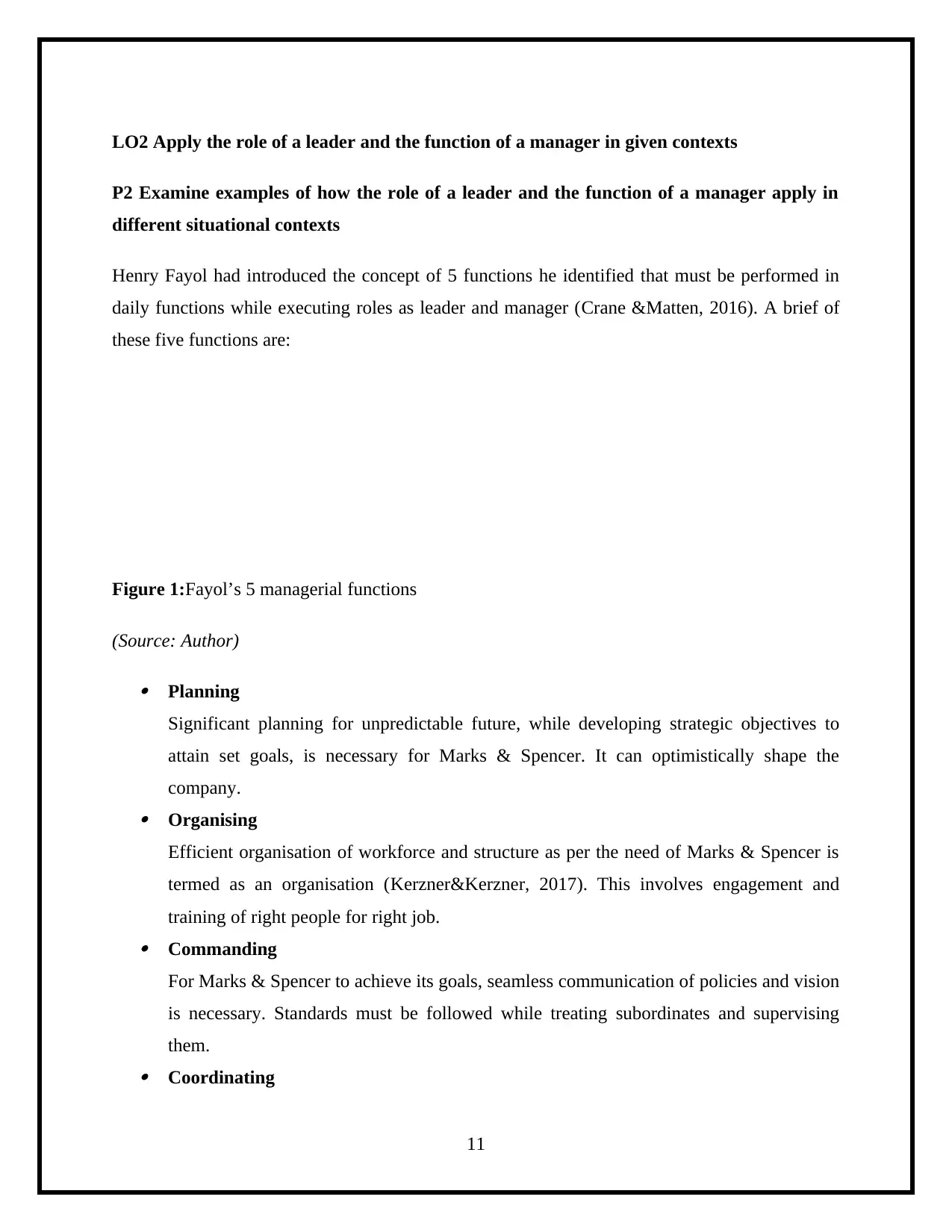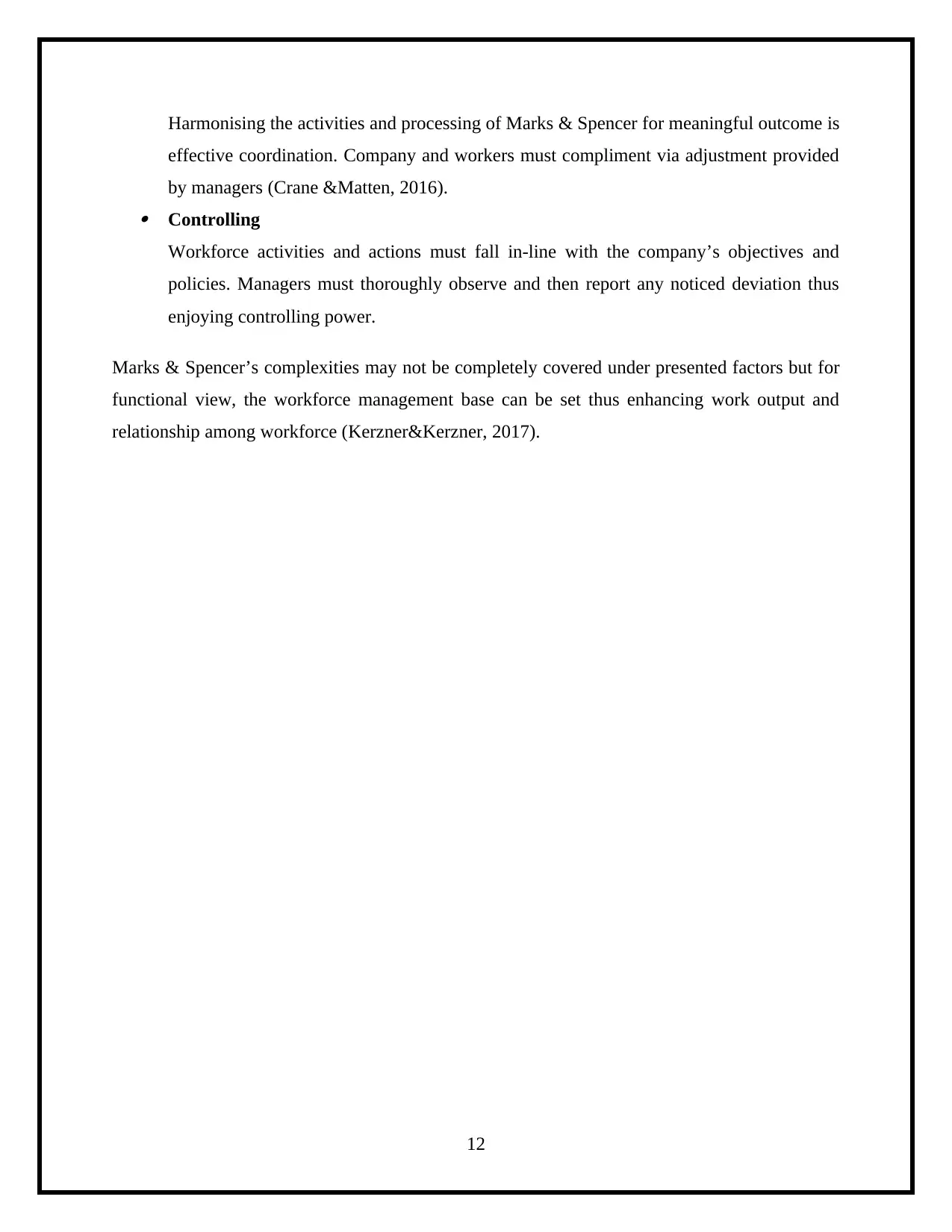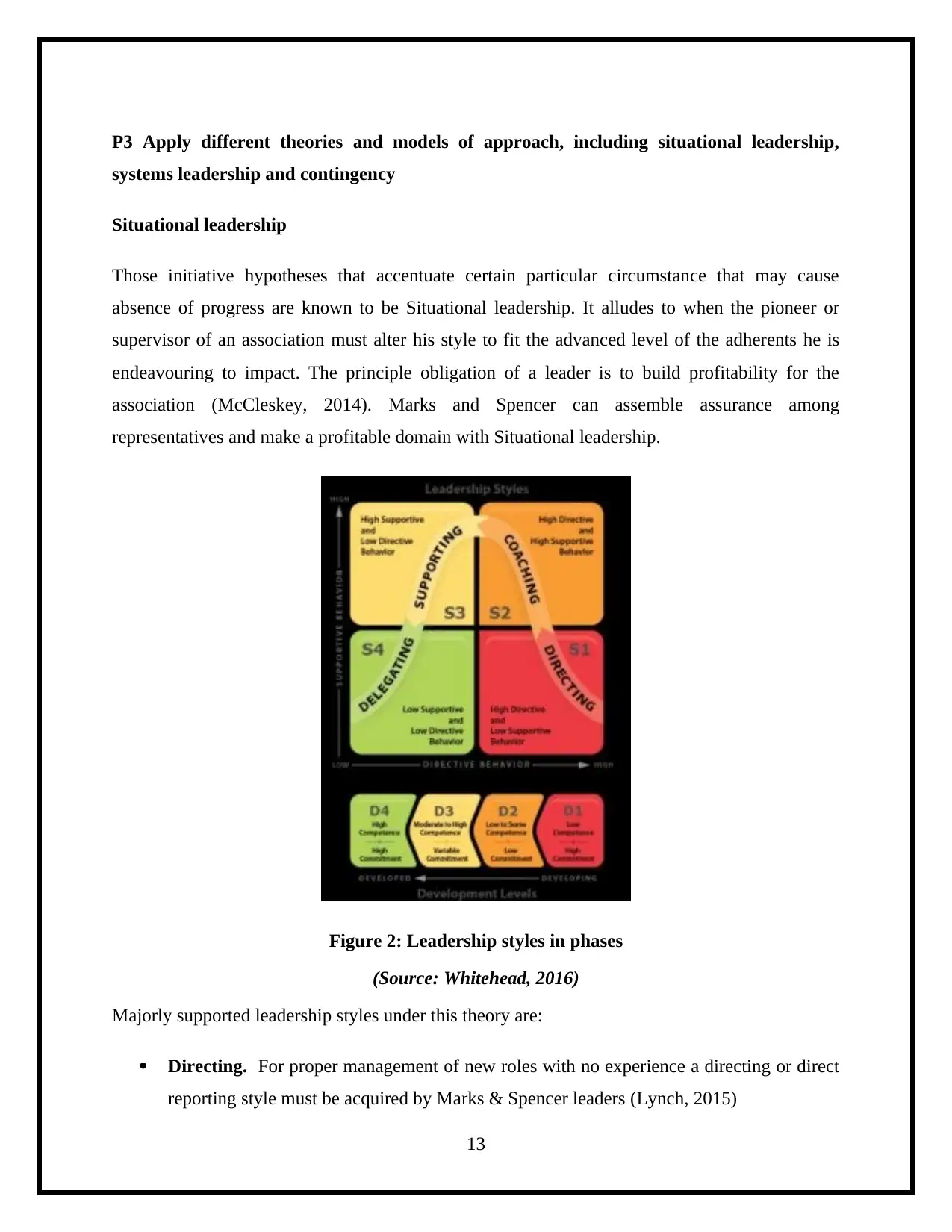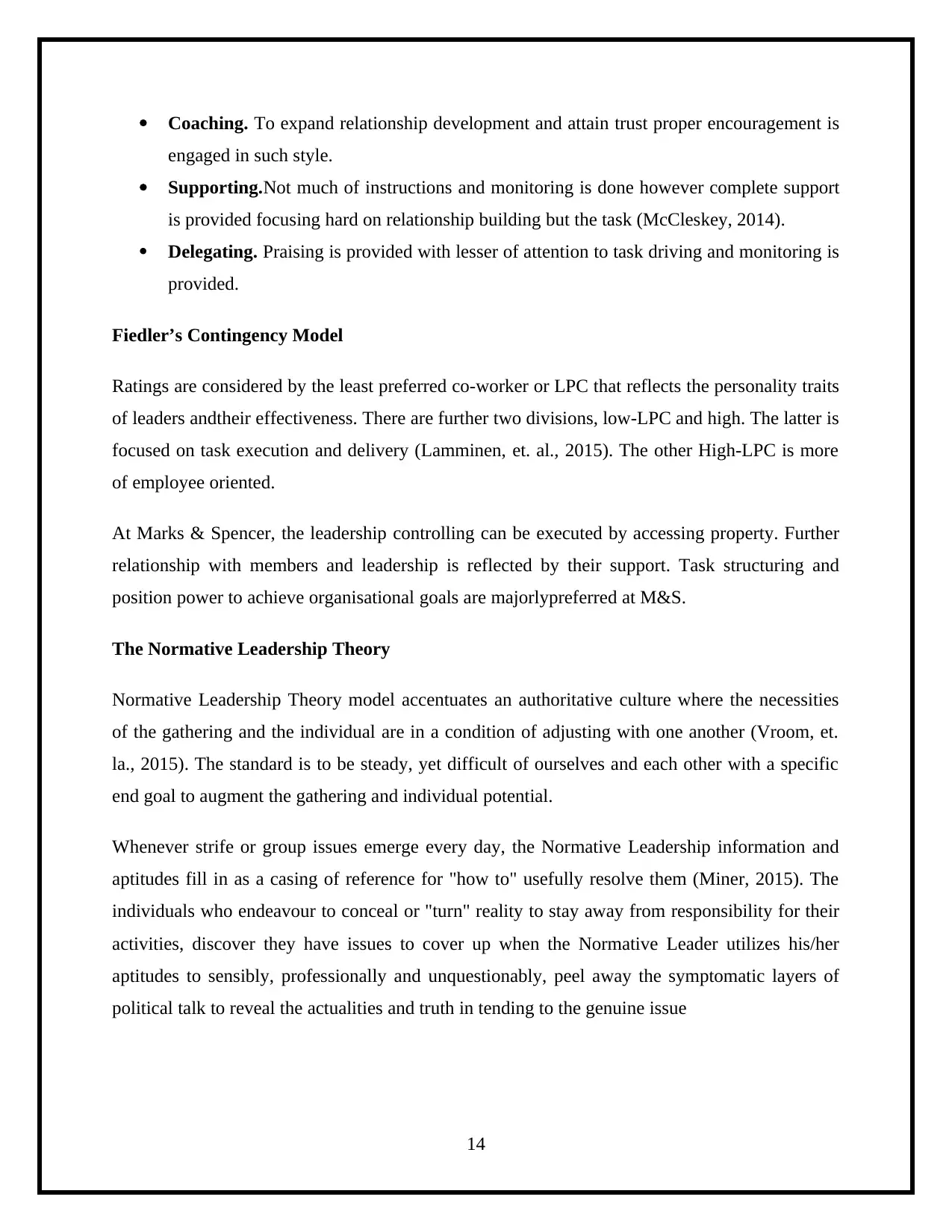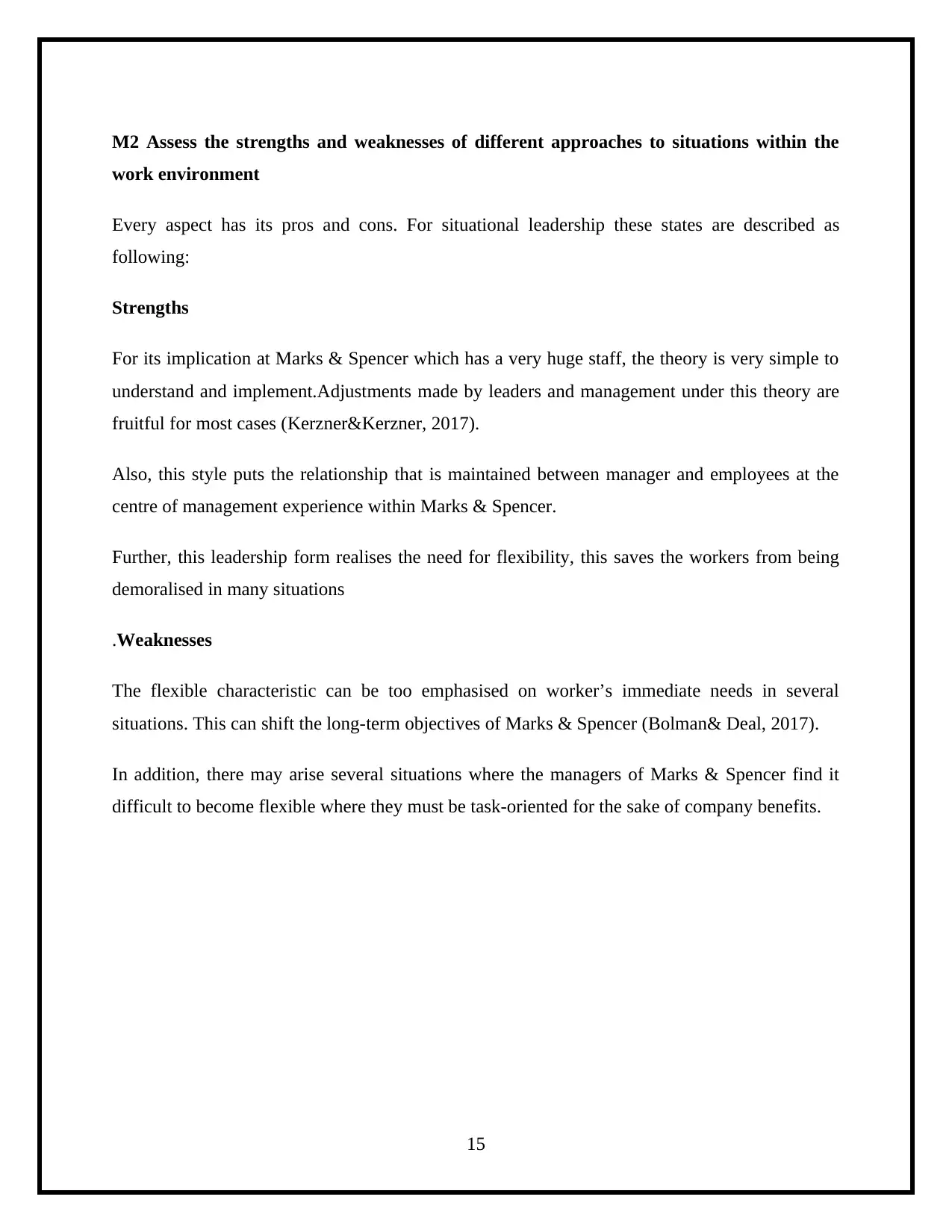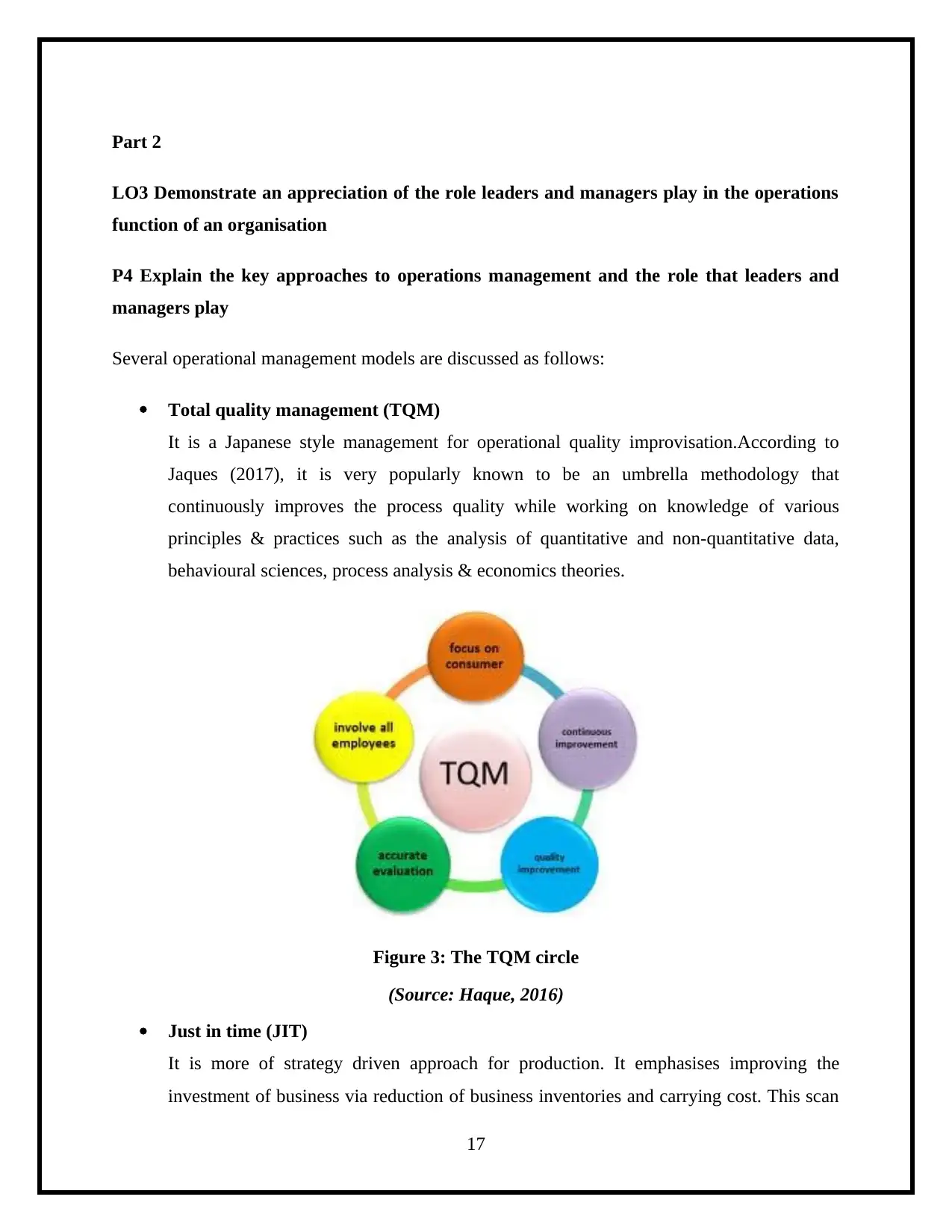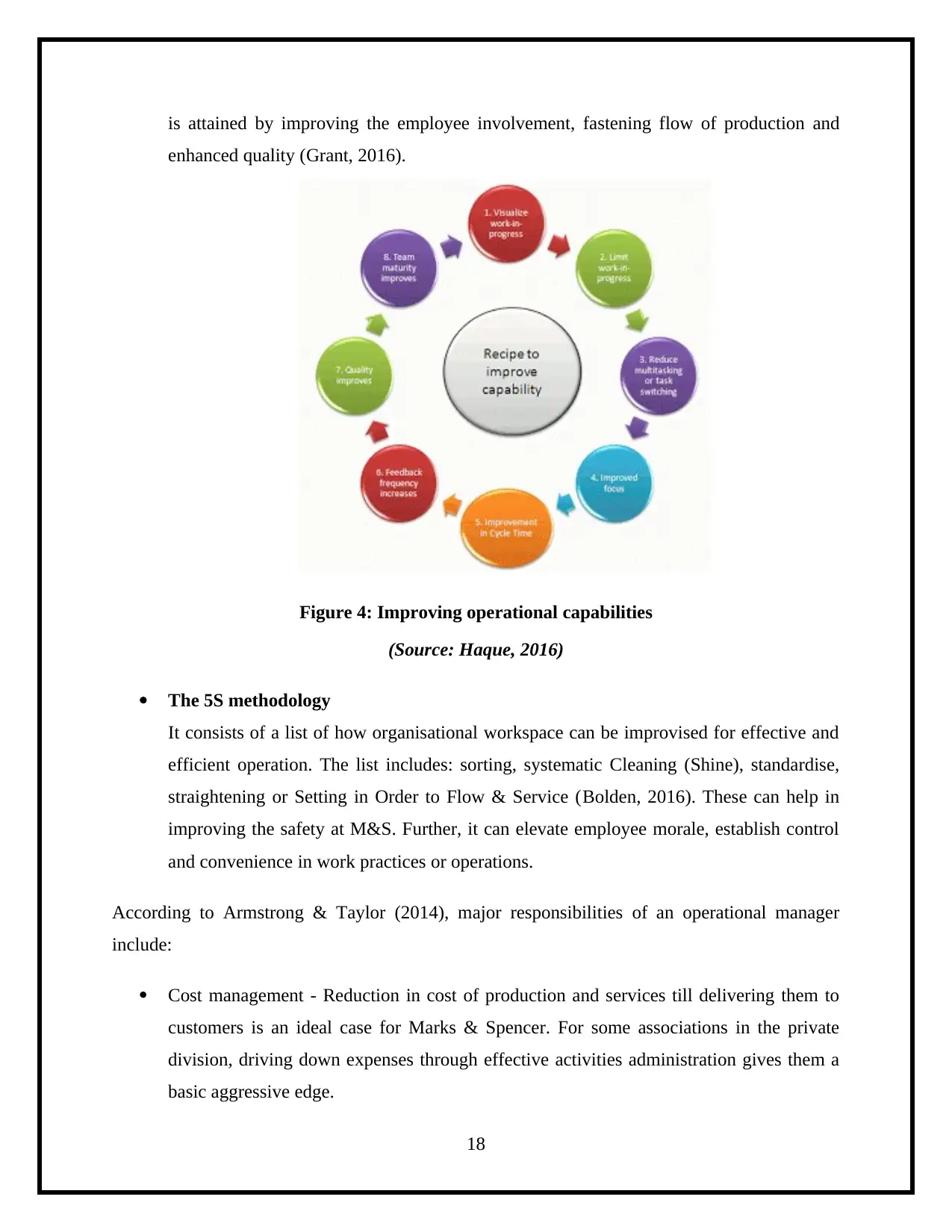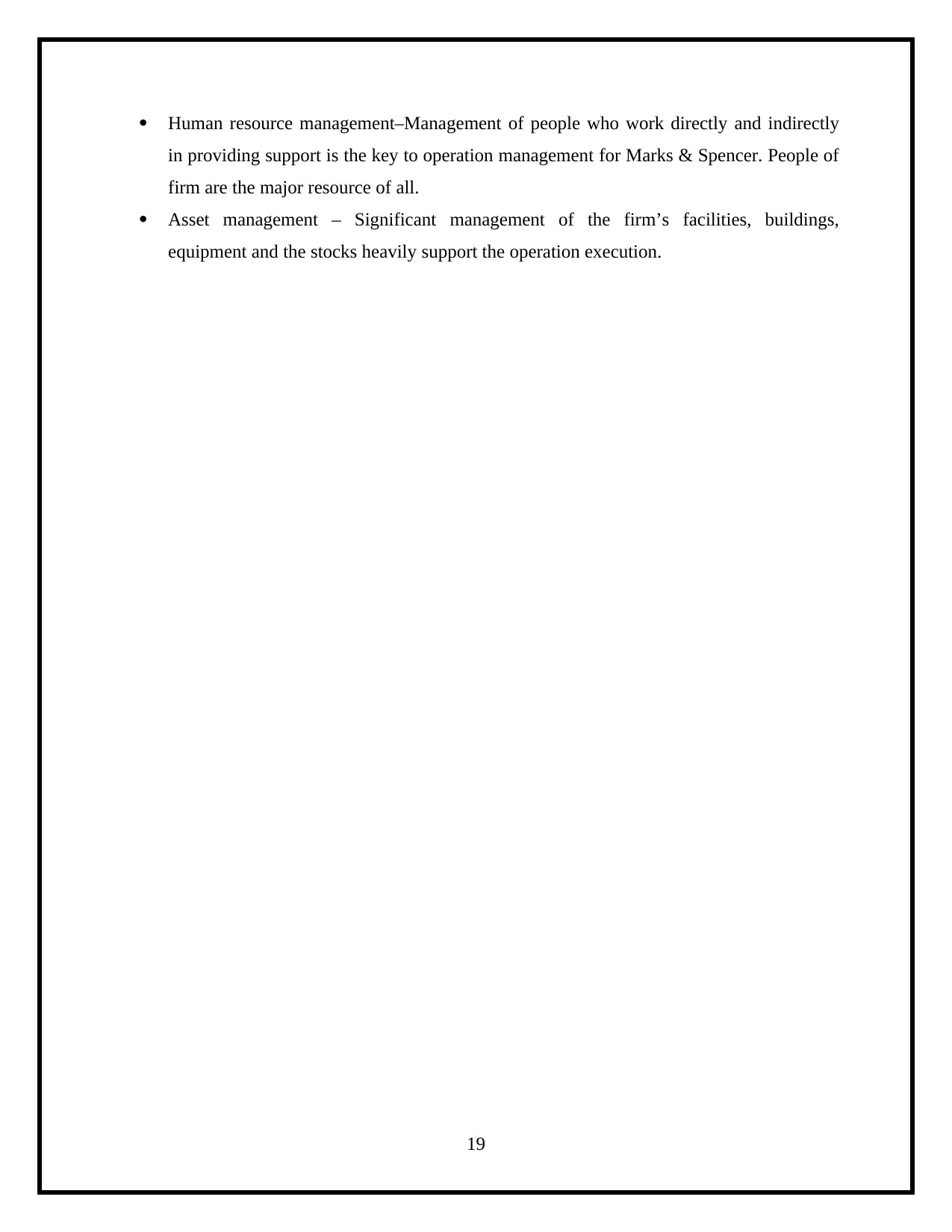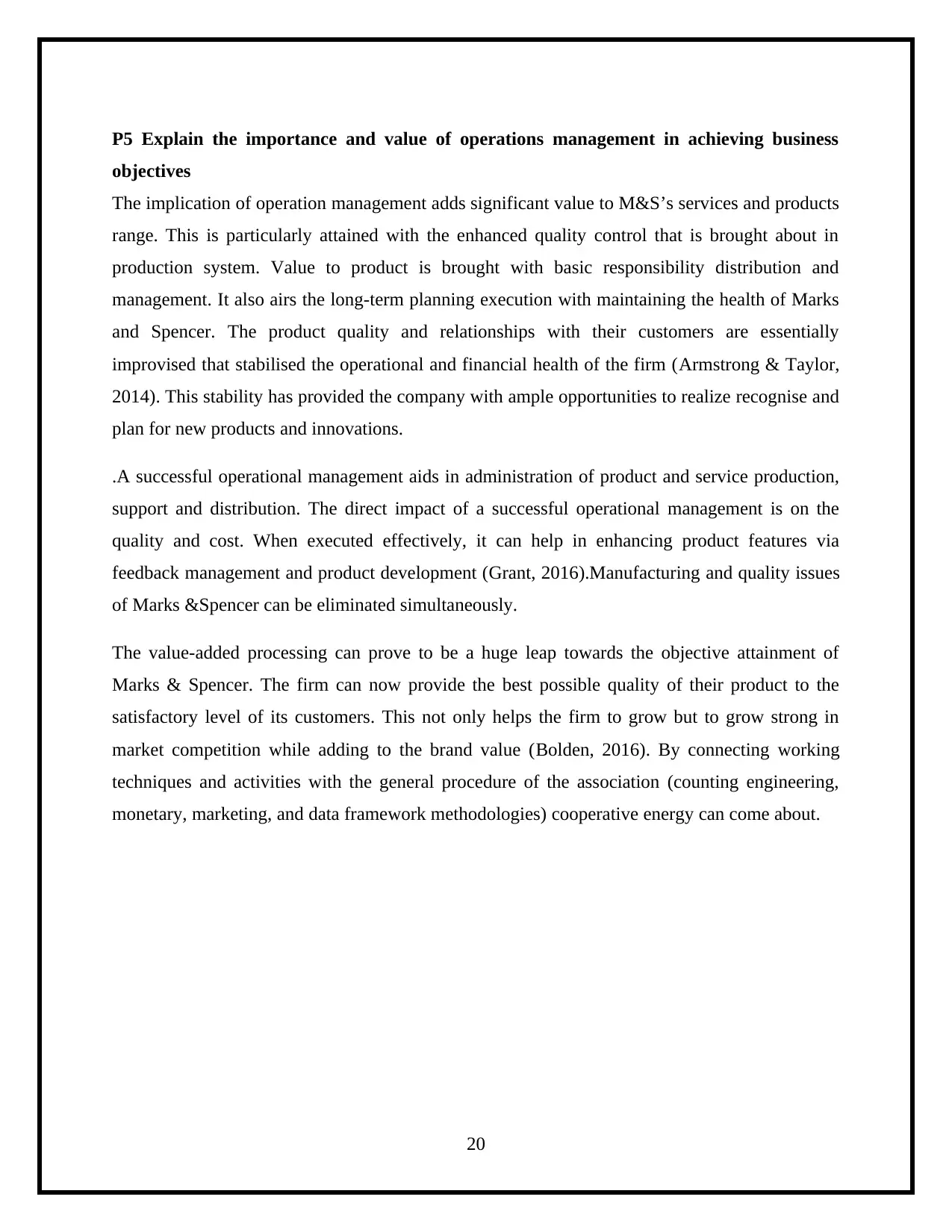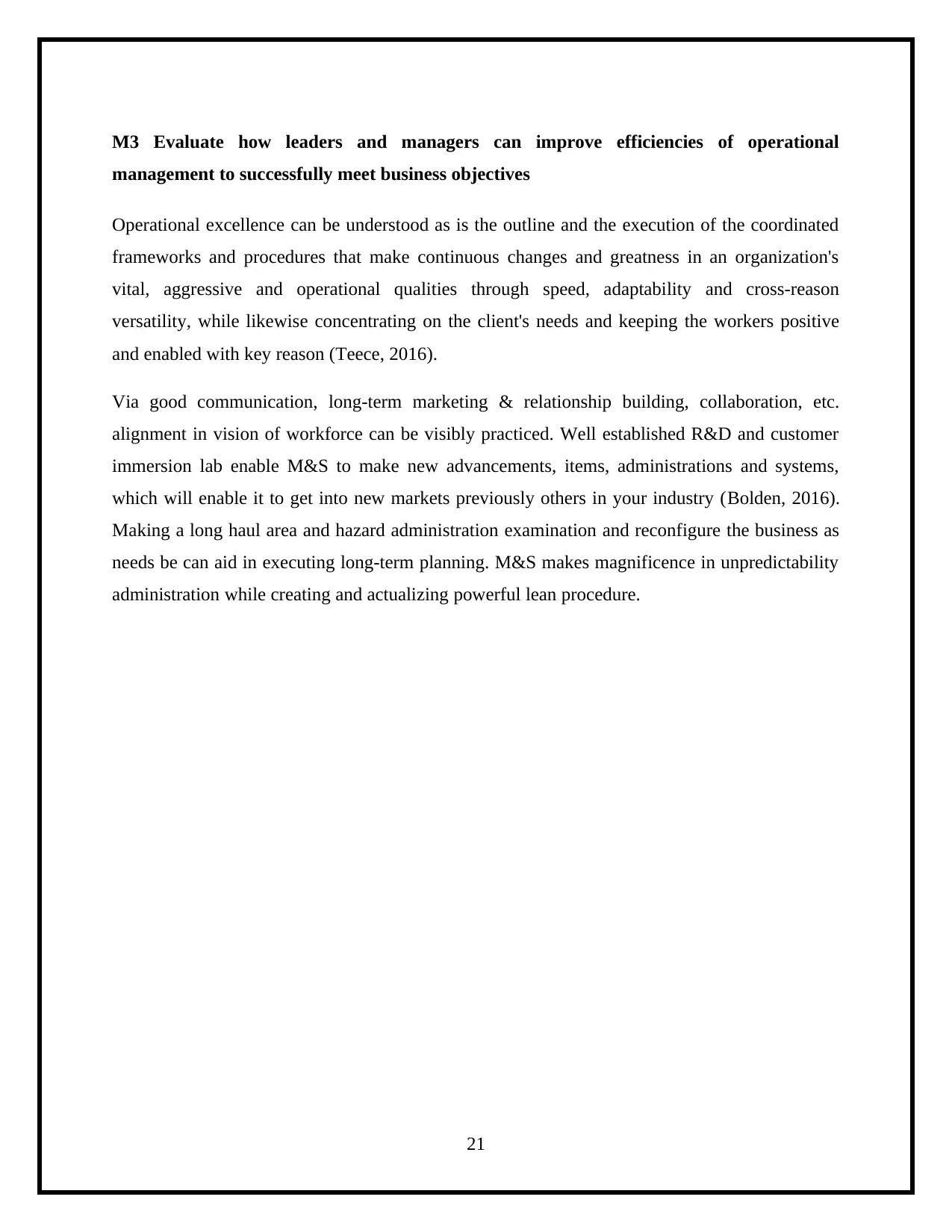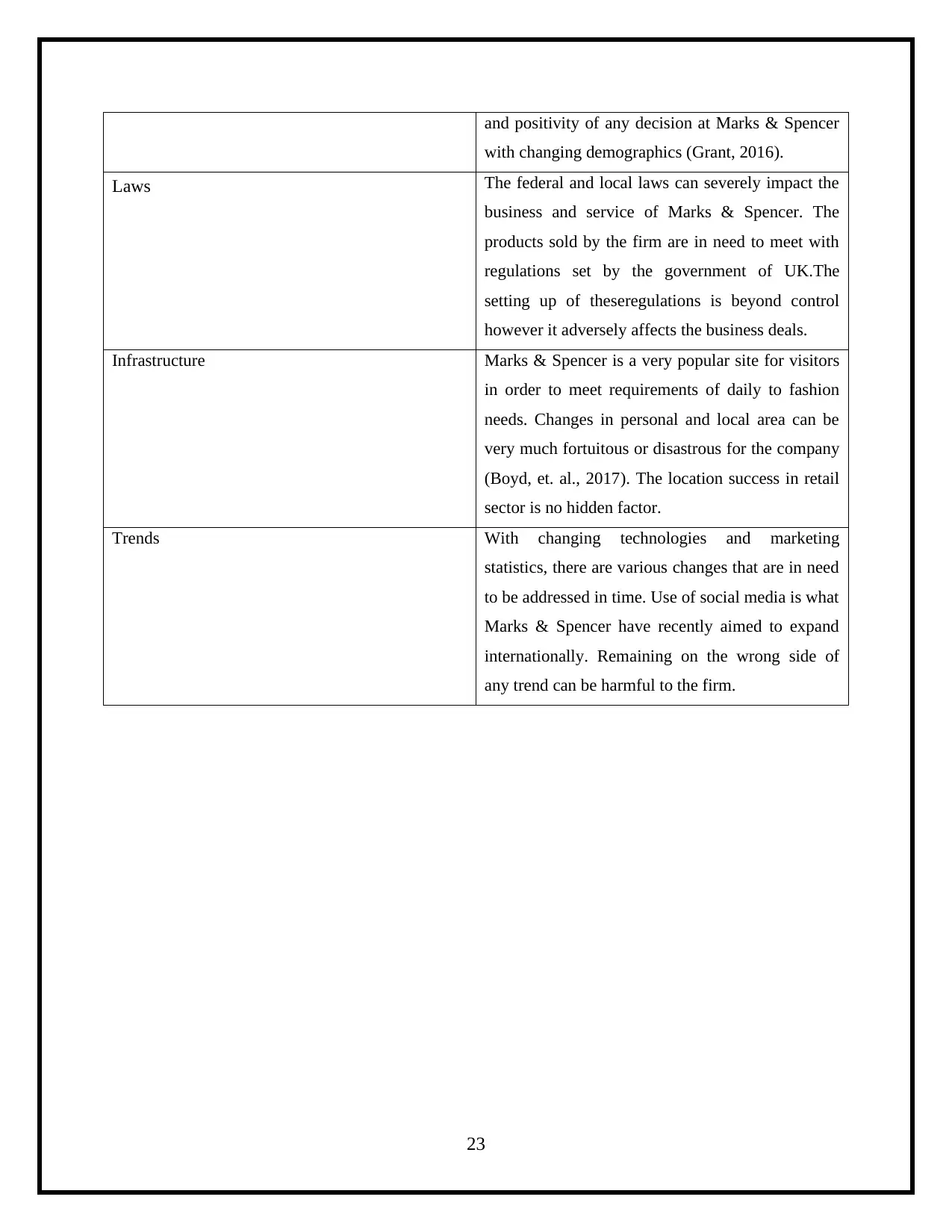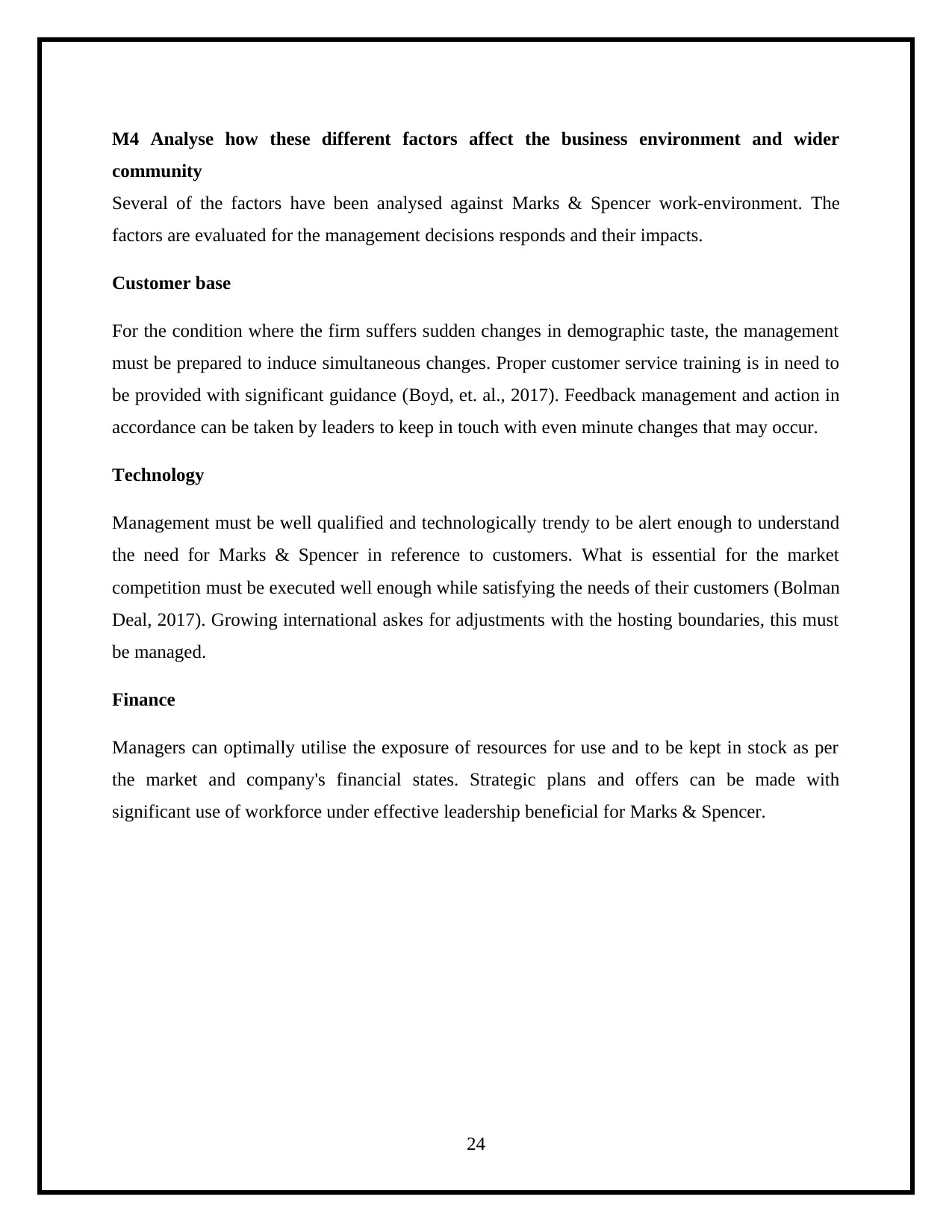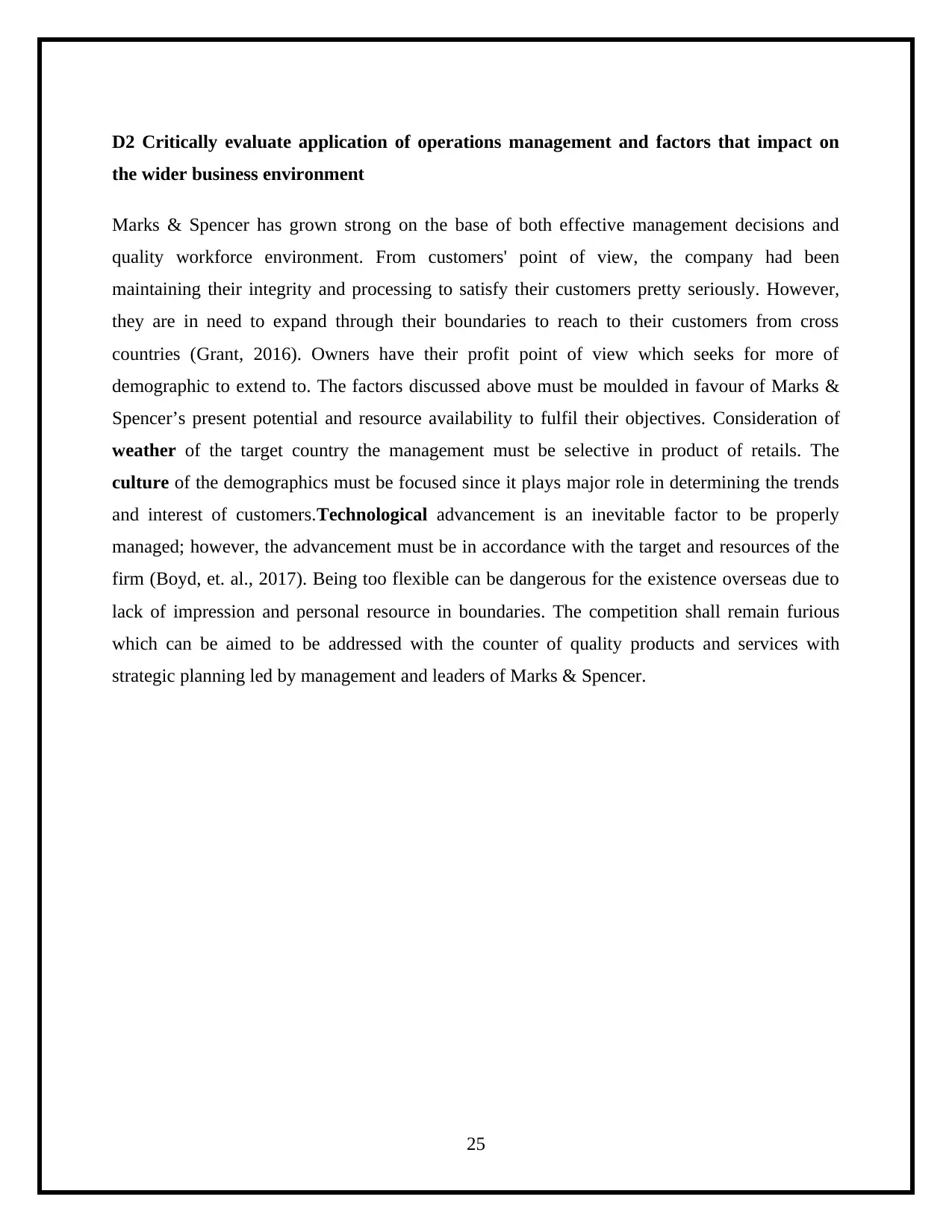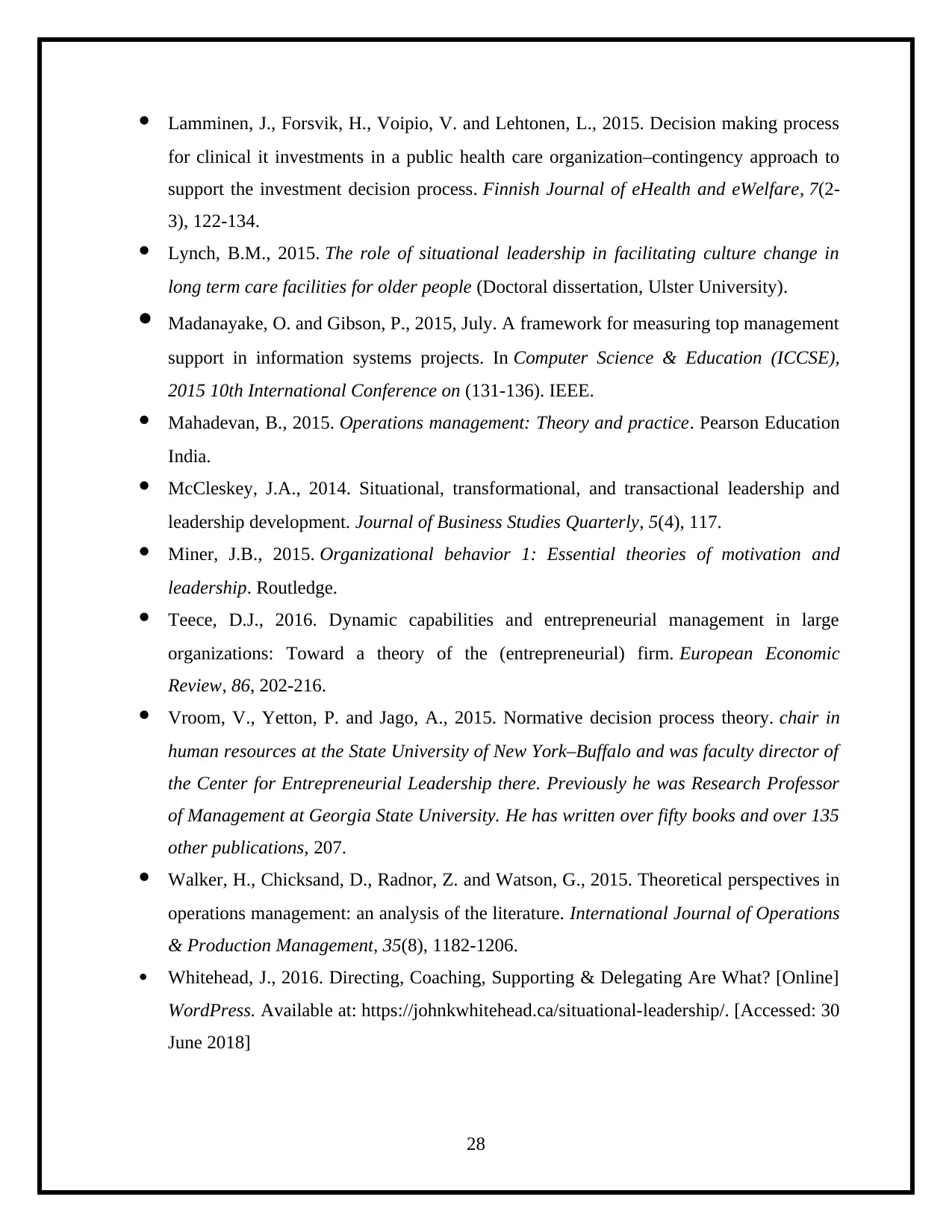This assignment explores the critical roles of leadership and management in enhancing the operational efficiency of Marks & Spencer, a renowned retail chain. It delves into the distinctions between leadership and management, examining various theories and models like situational leadership, systems leadership, and contingency theory. The report analyzes the impact of external factors on operational management and decision-making, highlighting the importance of strategic planning and adaptability in a dynamic business environment. By evaluating the strengths and weaknesses of different approaches, the assignment provides insights into how Marks & Spencer can leverage leadership and management principles to achieve its business objectives and navigate the complexities of a globalized marketplace.
![[object Object]](/_next/static/media/star-bottom.7253800d.svg)
![[object Object]](/_next/static/media/star-bottom.7253800d.svg)

